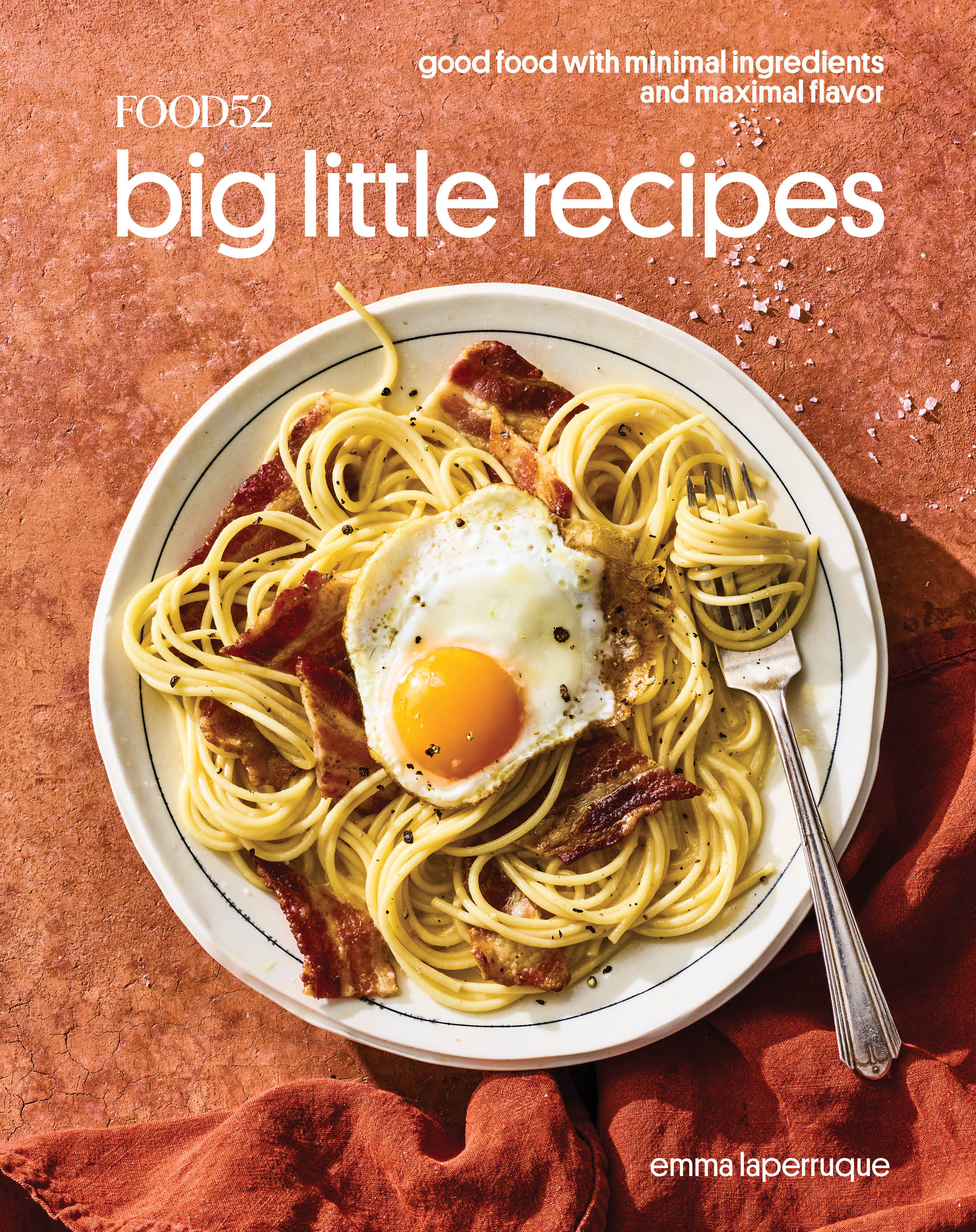A Big Little Recipe has the smallest-possible ingredient list and big everything else: flavor, creativity, wow factor. That means five ingredients or fewer—not including water, salt, black pepper, and certain fats (like oil and butter), since we're guessing you have those covered. This week, guest columnist Thalia Ho, creator of the award-winning blog Butter and Brioche, is sharing a recipe from her stunning new cookbook, Wild Sweetness.
I got the taste for tartness young. The earliest memories I have are of my aunt in Austria, her outstretched hand filled with wild berries: gooseberries, raspberries, and currants that shone like tiny jewels under the sun. There were even alpine strawberries, too early for picking, but so rare that I have never seen them again.
My mouth puckers at the thought of it all.
The berries were neither ripe nor sweet, but tart—a lot tarter than what I think our palates like. They demanded consoling. Sprinkled with coarse sugar, or adorned over a tart, or dropped into fat cream were all ideal choices. It’s in those moments I learned that when something is so beautiful in its natural state, it’s a shame to add too much to it.
I often say that when there are so few ingredients, there’s nowhere to hide, and the sentiment couldn’t be truer than for this recipe. It’s a blank canvas, and where I’m from, we’d call it a fool. I don’t know the reason for the name, and I’m not willing to guess. But in my eyes, it’s foolishly easy.
The brilliance lies within its simplicity. Berries and cream, folded together, and barely sweetened. But there’s more to it than that. It’s not just cream, but white chocolate cream, made from a base of ganache that’s chilled, whipped, then confronted with fruit.
The berries aren’t so forthcoming either. They’re dark and stormy, flavored with crème de cassis, a liqueur made of black currants that adds a complex undertone. You could do without it, replacing the small amount used for a similar kind of fruit juice. Red wine works, too, just not a full-bodied one, which would overpower the berries. But if you can use crème de cassis, do. It balances the recipe perfectly.
Sometimes, black currants can be hard to find. I think that’s what makes them so special. Tart but fruity and earthy, with taut, dark, shiny skin; I’ve taken to stashing them in my freezer when I come across them, so they can gleam and bring warmth all year round.
But just like the liqueur, they, too, can be substituted. You’ll want something sharp. I find that blackberries are the best alternative, as their earthiness contrasts well against the dairy, but raspberries are also a good choice. I wouldn’t go so far as strawberries, whose sweet and floral perfume would swamp the cream.
There’s something about summer that makes me want to be in the kitchen less, so this recipe can be made ahead of time and left to chill until you’re ready to serve. Just be cautious when bringing it all together. You’ll want to see streaks of sticky-swollen berries, and that only comes from stirring with a light touch.
This post contains products independently chosen (and loved) by our editors and writers. As an Amazon Associate, Food52 earns an affiliate commission on qualifying purchases of the products we link to.
Have you ever tried black currants? What did you make with them? Let us know in the comments.









Join The Conversation